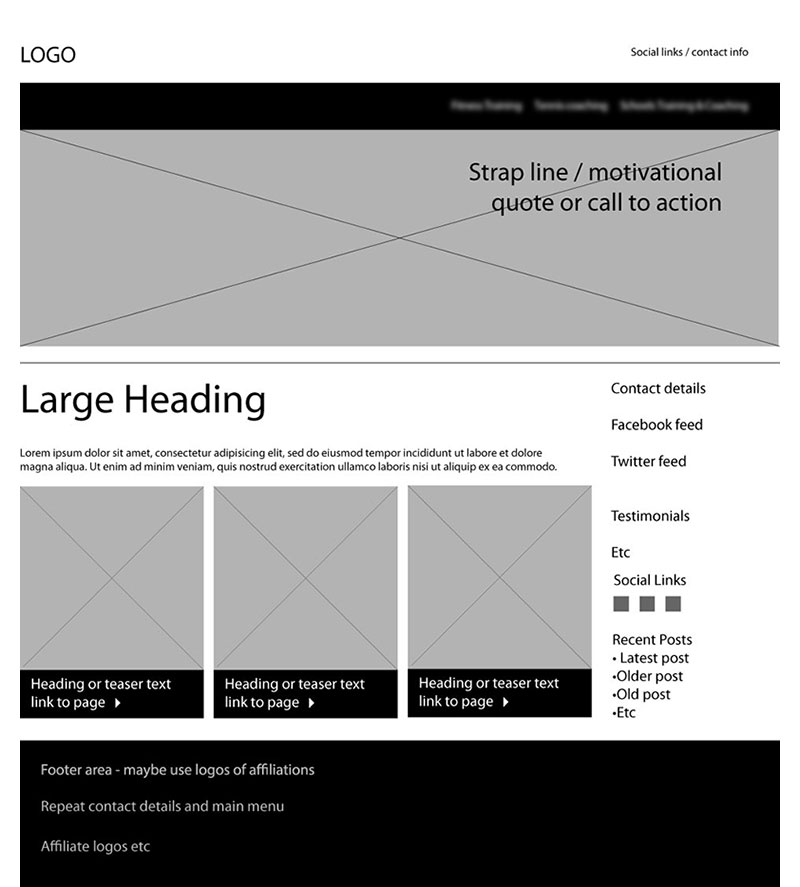Website Templates - what are they?
The difference between website templates that give you a whole site and templates around which a site is built. There are two types of website templates: The one that a developer uses to structure your pages and one that you download as a complete site. Let's go into a little more detail.
Understanding Website Templates
A quick search on the web for 'website templates' will more than likely present you with a plethora of sites offering free or off-the-shelf website templates. These templates are offered either by developers that build templates to fit in with common website building platforms such as Magento or Wordpress or simply by individuals who have produced them as 'all-in' packages where you just add the text and upload them to your server. These templates are sometimes known as 'pre-designed templates'.
These templates can be perfectly valid ways of developing your own website although some (such as those provided for Magento) will be quite involved and you may find yourself paying a developer to install your template and set it up for you.
Free Website Templates
There are thousands of free website templates available whether they are designed around pure HTML and CSS or to run when connected to a database-driven content management system. Something you should be very aware of when downloading and using free website templates or indeed any template, is that they can contain 'rogue' code or advertising. In other words you could find your website is linking to some very unsavoury websites without you even knowing. Be very careful about where you download website templates from.
Structural Website Templates
When I start to design a website I generally draw up what is called a 'wireframe'. This is a very straightforward black and white plan showing where certain elements that go to make up a web page will be placed. This helps the client envisage their site and means we can plan a structural template together. Maybe we'll plan one for the home page, another for the blog pages and perhaps more for various styles of pages, as we need them.
The important thing about a wireframe is that it forms the basis of my HTML (HyperText Markup Language) / CSS (Cascading Style Sheet) template. HTML is the building block or structure of a template whilst CSS controls the style of the HTML.

Example of a 'wireframe' from a recent website design project
At this point in the process of building a website we've not been too concerned with the content other than knowing the basic pages that we want and the hierarchy of the pages.
So our structural website template is formed in much the same way as a design template, the difference being that it is tailored to the client's needs. When we have settled on the structure we tie this all together by connecting it to a database and installing a CMS (Content Management System). Our CMS allows the client to create more pages and blog posts based around pre-defined structural templates that we have decided on together. This is the big difference between 'off-the shelf' website templates and structural templates designed specifically for one website.

